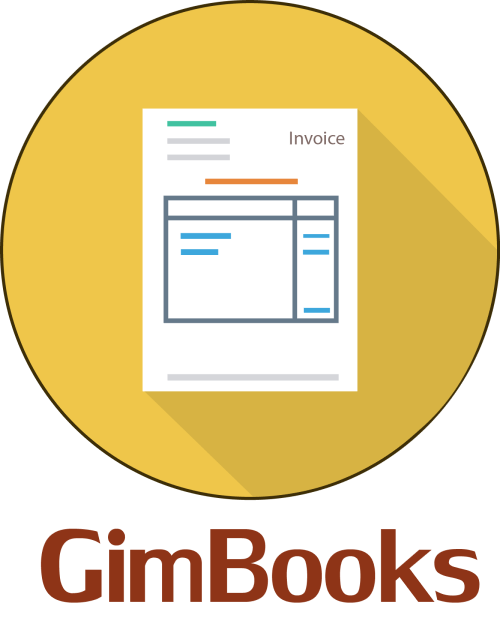E-invoicing rules: Discussing the myths around invoicing provisions
E-invoicing will also allow the GST portal to receive invoices in a standardized format, making it easier to perform the reconciliation process timely.
The new e-invoicing standard will enable the billing/ ERPs systems to realign the data access so that GST Portal can read the data uniformly.
What is the need for implementation of e-invoicing rules?
During the return filing, a user has to upload his invoices. Further, while generating an e-way bill, either a taxpayer has to manually fill the details or upload the invoice so the system can fetch the details automatically
To improve the compliance process, the Government has decided to implement e-invoicing rules.
E-invoicing will also allow the GST portal to receive invoices in a standardized format, making it easier to perform the reconciliation process timely.
How will e-invoicing help the taxpayers?
- Taxpayers won’t have to report data multiple times
- Once the taxpayers register e-invoices on the Invoice Registration Portal, they can generate sales and purchase register
Will e-invoicing force the taxpayers to generate invoices from a common centralized portal?
The taxpayers can continue to use their existing ASPs/ ERP systems to generate invoices. They will need to register the invoices on Invoice Registration Portal (IRP) using one of the modes given below –
- API based
- Mobile based
- Offline tool based
- GSP bases
- And many more..
Will small taxpayers have to invest in a billing software post-implementation of e-invoicing rules?
The small businesses can continue to use the existing modes of generating invoices.
What will be the steps involved?
- The taxpayer will generate an e-invoice through the Application Service Providers (ASPs).
- The taxpayer will then report to the Invoice Registration Portal (IRP).
- IRP will generate a unique Invoice Reference Number (IRN), digitally sign the e-invoice and also generate a QR code.
- IRP will return the QR code to the taxpayer who generated the invoice.
- IRP will also send the digitally signed e-invoice of the taxpayer.
How will GimBooks make your life easier?
GimBooks have proved to be 100% u, even with thousands of companies, chartered accountants and tax practitioners using our infrastructure concurrently.
Read here, to know more about it
